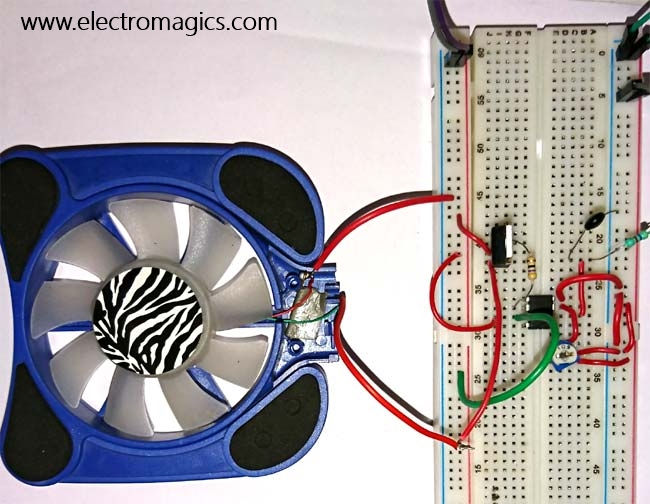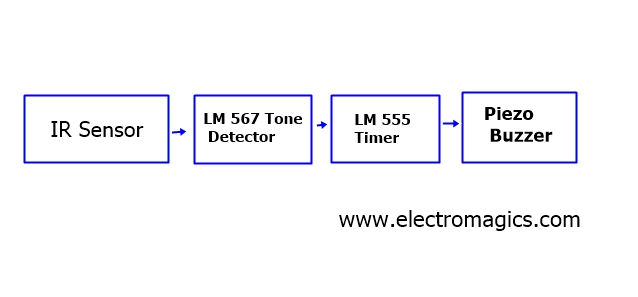Lead Acid Battery Charger Circuit
- electromagics89
- Nov 26, 2023
- 2 min read
Updated: Nov 30, 2023
In this article, we show you how to plan a straightforward Lead Acid Battery Charger circuit utilizing an operation amp IC and a few related parts. The center of this circuit is IC LM 317 - which is essentially a functional intensifier IC. Aside from the IC, a semiconductor (BC 548) is utilized to control the charging current provided to battery. You would require an appropriately planned DC power supply as an essential to construct this circuit.
Description of Lead Acid Battery Charger
Here is a lead Acid battery charger circuit utilizing IC LM 317.The IC here gives the right charging voltage to the battery.A battery should be accused of 1/10 its Ah value.This charging circuit is planned in view of this fact.The charging current for the battery is constrained by Q1 ,R1,R4 and R5. Potentiometer R5 can be utilized to set the charging current.As the battery gets charged the current through R1 builds .This changes the conduction of Q1.Since authority of Q1 is associated with change pin of IC LM 317 the voltage at the result of LM 317 increases.When battery is completely energized charger circuit decreases the charging current and this mode is called stream charging mode.
Circuit Diagram of Lead Acid Battery Charger

Notes :-
1. Associate a battery to the circuit in series with an ammeter.Now change R5 to get the required charging current. Charging current = (1/10)*Ah worth of battery.
2. Contribution to the IC should be something like 18V for getting legitimate charging voltage at the result .Investigate the information sheet of LM 317 for better comprehension.
3. Fix LM317 with an intensity sink.
For more Electronics project like



Comments